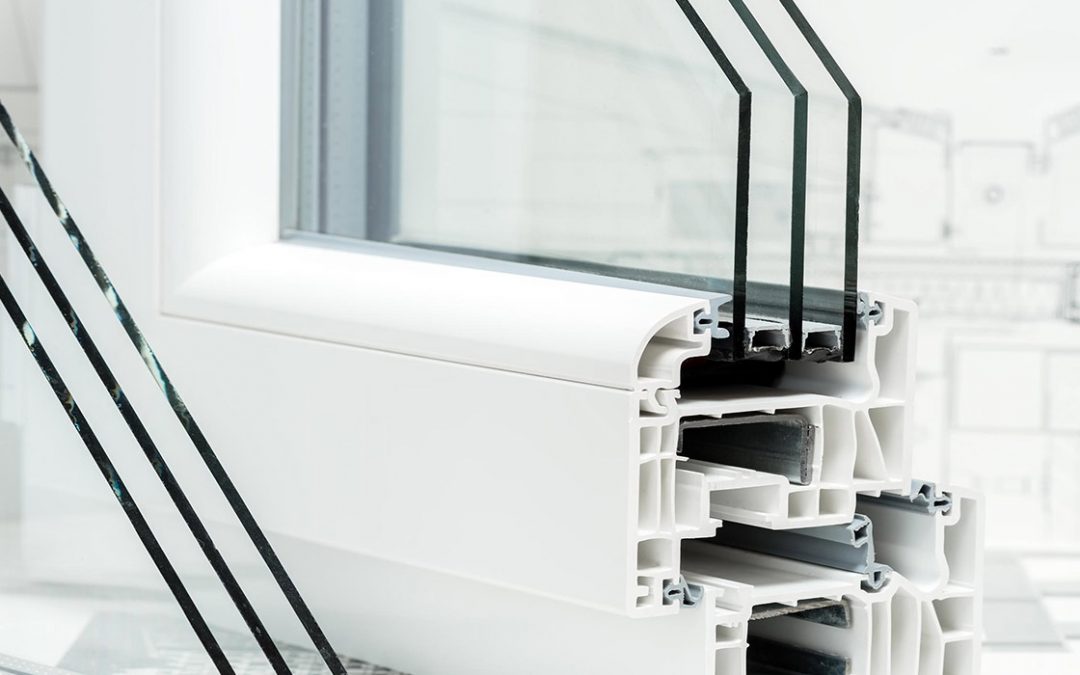When weighing up the pros and cons of double glazing versus triple glazing, there are a lot of factors which must be taken into account before the differences between these two glazing options can be fully understood.
Unfortunately, it’s much more complicated than the fact that double glazing uses two panes of glass and triple glazing is made up of three.
Whilst sandwiching an extra pane of glass into a window will obviously produce enormous improvements in terms of thermal efficiency, it also brings other implications with it.
To work out which is the best option for your property, you need to consider the impact that the extra pane will have on:
- Energy efficiency
- The window’s pros and cons
- Cost implications
What is triple glazing?
Triple glazing is made up of three panes of glass instead of one or two. The cavity between each pane of glass is usually filled with an inert gas – such as argon,. Together with the extra pane, this can help to reduce noise transmission and increase energy efficiency.
Is double or triple glazing more energy efficient?
The ‘U-value’ measurement is an industry standard for comparing the energy performance of windows – the lower the U value the better – U-values are used to measure how effective a material is as a heat insulator.
U-values can be applied to windows, walls, floors and roofs. It is calculated by dividing the transfer of heat per square metre (in watts) by the difference in temperature across the entire building.
Independent research conducted by the PassivHaus Institute in Germany has shown that triple glazing performs better than double glazing in terms of U-values.
To prove this, they researched what happened to the surface temperatures on various forms of glazing when the internal air temperature was 21°C but much colder outside.
The internal temperature results showed:
- Surface air level temperature next to a single-glazed window: 1°C
- Surface air level temperature next to a double-glazed window (pre-year 2000): 11°C
- Surface air level temperature next to an energy-efficient double-glazed window (post 2000): 16°C
- Surface air level temperature next to a triple-glazed window with a centre-pane U value of 0.65: 18°C
As you will see from the results above, modern double glazing performs adequately. But triple glazing retains a little bit more heat and will make your property feel warmer. Realistically, though, it probably won’t make too much difference to the amount you spend on heating your home.
Whether you opt for double or triple glazing, it is important to make sure the walls, roof and floor are insulated to the same level as your windows otherwise you will not achieve a consistent level of thermal performance around the house.


Recent Comments